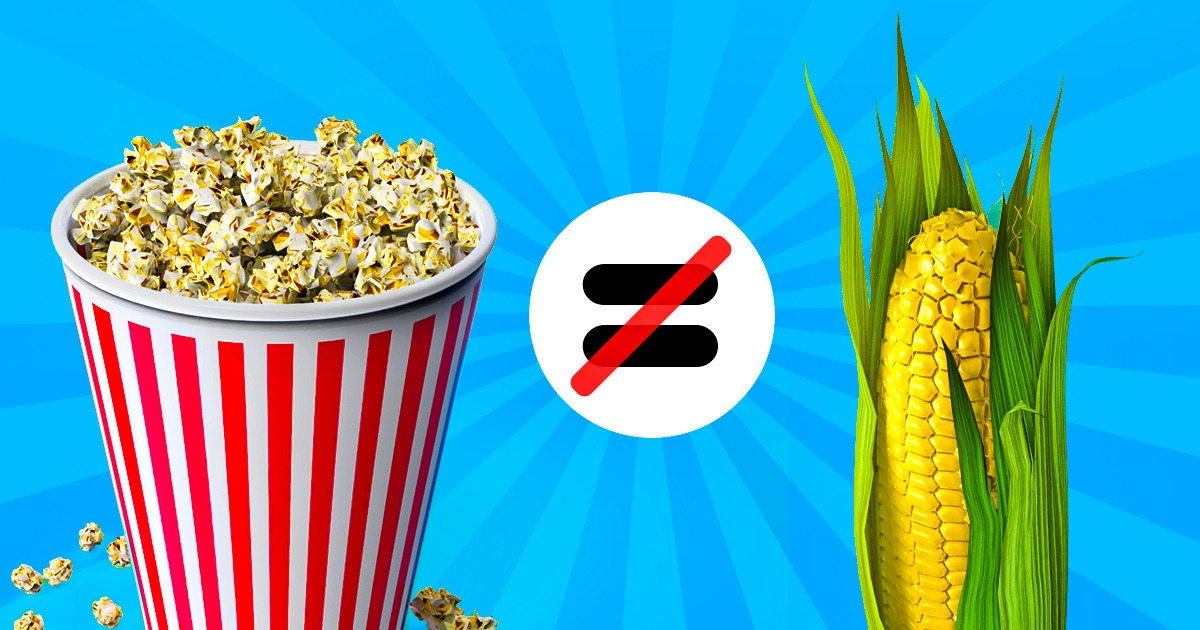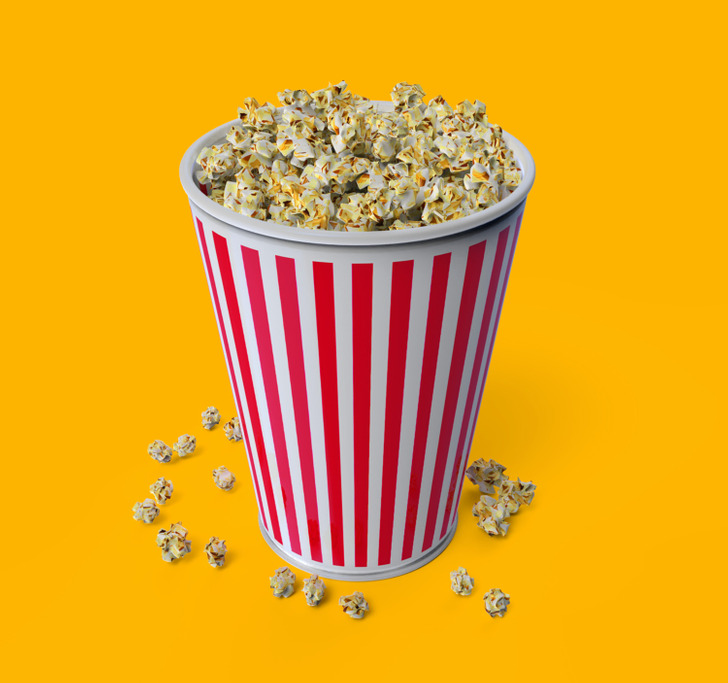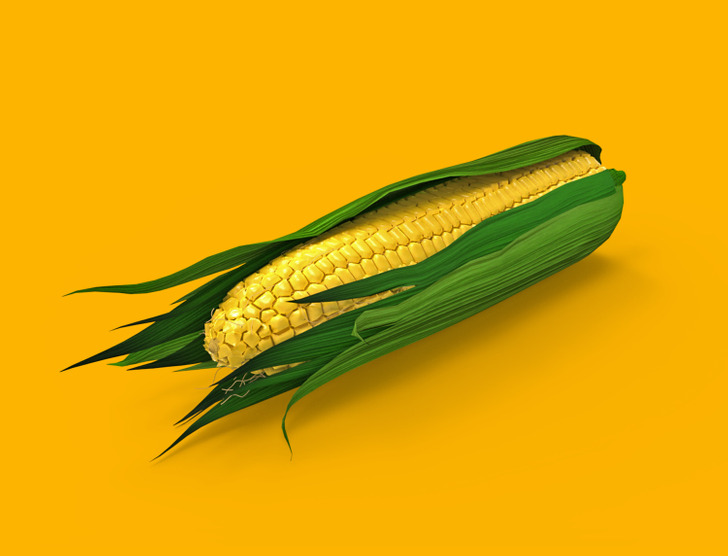Why Corn Turns Into Popcorn and What Other Grains Can Do the Same

5-Minute Crafts is going to tell you more about it in this article.
Corn was domesticated about 10,000 years ago. Archaeologists discovered the remains of popcorn in what is now Mexico. Popcorn became widespread in the United States in the 1890s when Charles Cretors invented a device for cooking it fast. He created a range of steam for nut roasting machines and applied this technology to corn kernels. Since then, this delicacy has never left the culinary world.
Why popcorn pops

The secret of popcorn is the unique structure of grain kernels. They have a very hard outer shell. And inside the kernel, there is not only the seed for the new plant but also water and soft starch granules.
The reason why popcorn pops is the water inside its grain. If it’s exposed to quite a high temperature, this liquid will turn into steam. Due to the hard and mostly non-porous shell, there is nowhere for the steam to escape, causing pressure to build up inside the core. Once it increases and the temperature reaches about 350°F, the shell breaks and turns inside out. The white-yellowish “foam” appears due to the starch. At high temperatures, starch gelatinizes and then expands. As it cools, hardened flakes, which are actually popcorn, are formed.
The ideal popcorn core should have a moisture content of around 14% and be cooked at around 350°F.
What other kernels can be cooked the same way as popcorn

Barley, rice, quinoa, amaranth, and sorghum — all these can be cooked in a similar way.
However, take into account that not all kernels and seeds will turn out as magical as corn with its soft, airy shell. But this doesn’t mean that the taste of other grains, prepared in the same way as popcorn, will be very different.
How to cook it:
- Heat the frying pan.
- Pour the grains onto it, but no more than 1 layer.
- Shake the pan so that the grains don’t overburn and fry them for about 2 minutes until they start to pop and crackle. Make sure their color doesn’t become too dark.